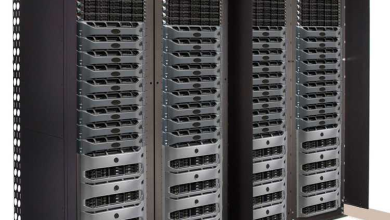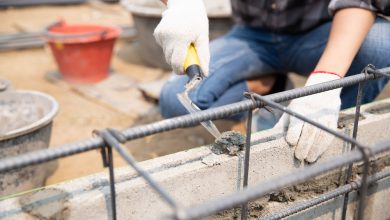
With a growing global population and climate change issues potentially endangering the stability of specific locations throughout the world, progressive thinkers are attentively scrutinising consumption and pollution levels. One of the most pressing issues we face today is improving our efficiency in turning consumed items into consumable ones with minimal environmental impact. The techniques through which we dispose of our garbage are one of the most important aspects in this.
Also Read: Recycling Waste Management System
Let’s take a look at the most popular strategies today, as well as the benefits and drawbacks of each:
Recycling might help you recover
We’ll start with what is undoubtedly the most cost-effective method of trash disposal. Recycling is not only good for the environment, but it also has a significant financial advantage for both individuals and the economy as a whole. Recycling is ideal since it decreases the amount of effort required to create a product appropriate for consumption.
Not everything, of course, can be recycled. Plastics, paper, and glass are the most commonly recycled materials. Recycling necessitates work on the part of all parties involved, including you! Professionals in charge of garbage disposal will constantly strive to promote recycling as much as feasible. Quality bin rental businesses will always sort rubbish into recyclable and non-recyclable categories.
Reprocessing of Biological Materials
This garbage disposal method is only suitable for organic waste such as plants, food leftovers, and paper items. Organic matter that has gone through the biological decomposition process becomes mulch or compost, which can then be used in agriculture. The natural breakdown of organic matter is aided by biological reprocessing. Methane, which is produced as a gaseous by product, can be used to generate heat and energy. Its complexity and nature change depending on whether it is used for domestic or industrial purposes, and are classed as aerobic or anaerobic processes.
Dispose of it in a sanitary landfill
A well-designed engineering process is used to ensure that the environment is preserved when constructing a sanitary landfill. It’s made up of layers with varying levels of levelling, with the smallest volume at the bottom and increasing as you move up. This volume differential is necessary to prevent the land from collapsing.
The liner system, which uses hard clay and high-density polymers to prevent liquid penetration and contamination of subsurface water, is the bottommost layer. The drainage system transports the collected fluid to treatment plants. Following that is the gas collection system, which deals with the volatile and poisonous gaseous hydrocarbon methane. This gas is treatable and can be utilised to generate energy. Then there’s the rubbish, which is covered with synthetic plastic or clay after it’s been full, just like the bottom layer. To help reduce stink and facilitate quick decomposition, the waste and soil layers are swapped.
Because we have so much land per capita in Australia, dumping trash in landfills is one of the most convenient and cost-effective ways to dispose of waste. It was, but today the situation has drastically changed. Landfills overflowing with uncontrolled trash pose a threat to the environment.
To keep odour, methane, and liquid penetration levels under control, landfill techniques require constant maintenance. Even in a country with such vast expanses, there are dangers. Methane and other gases can be created and rise to the surface, posing serious difficulties if not adequately managed. To avoid such problems, strict safety precautions must be followed. Furthermore, even in Australia, landfill land is limited, and with our rising population, there will come a day when this is no longer an option. Smaller countries with dense populations, for example, have had to use alternative methods.
Energy from Waste
To protect ourselves and the environment against non-recyclable objects, we need a reliable disposal mechanism. Waste materials are used to generate heat or power in this method of disposal. It can be useful for disposing of non-recyclable waste by turning them to heat, fuel, or power. Carbon emissions can be reduced by reducing the demand for fossil fuels.
Composting: Creating a nutrient-dense humus for your lawn and garden
Composting is a natural process that breaks down organic waste and turns it into rich manure that can be used to improve the quality of the soil in your garden. It is inexpensive, simple, and nearly risk-free. Rather than dumping organic garbage in the trash and having it dealt with by waste removal companies, set it aside and mix it all together over time. That’s all there is to composting!
Suggested Read: Swachhbharat




